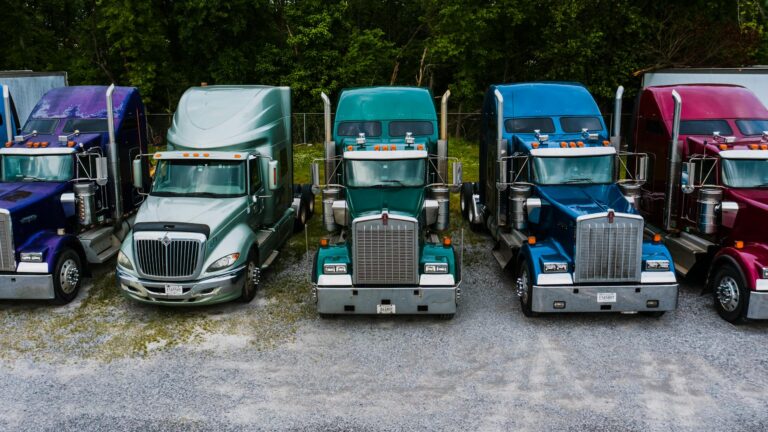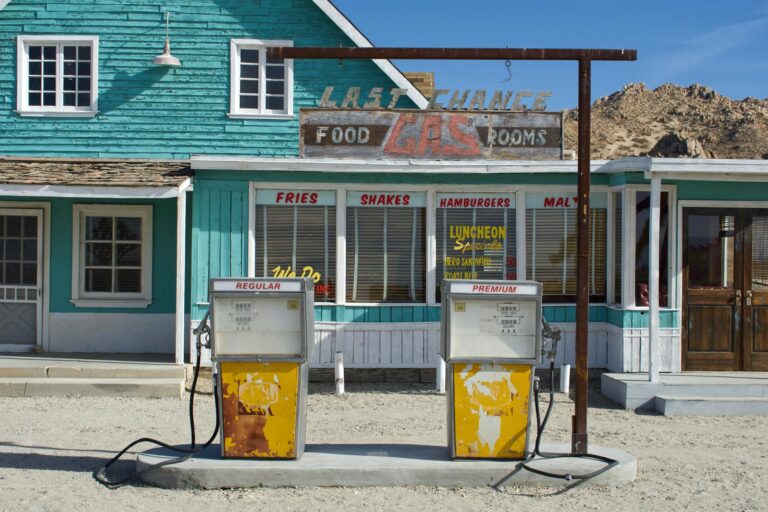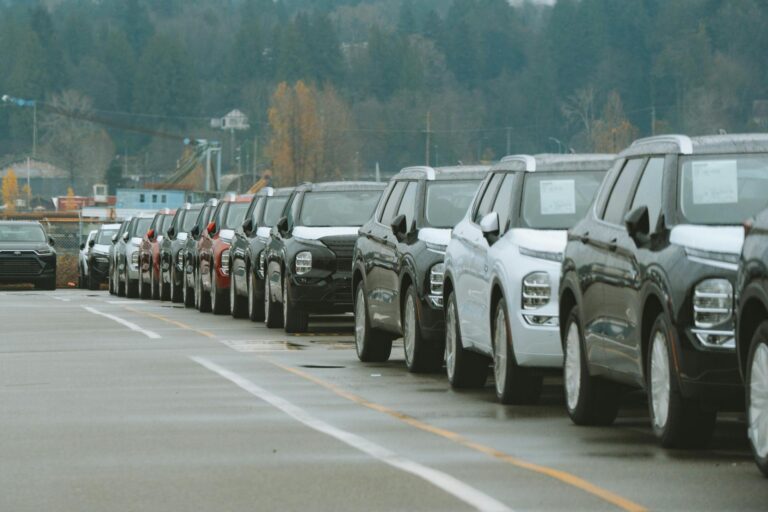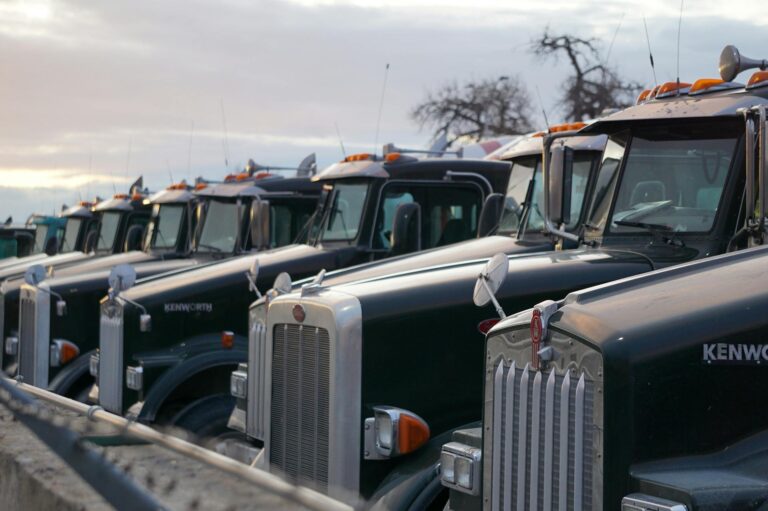
The U.S. auto transport industry is facing major shifts in 2025 due to new import tariffs imposed on foreign-made vehicles. These changes are having a ripple effect across the entire car hauling sector, influencing pricing, demand, routing strategies, and even fleet composition. Whether you’re a dealer, auto logistics provider, or an independent car hauler, understanding these shifts is essential for staying competitive.
What Are the New U.S. Auto Import Tariffs in 2025?
In Q1 of 2025, the U.S. government introduced increased tariffs on vehicles imported from several countries, particularly targeting electric vehicles (EVs) and high-volume OEMs. The goal is to support domestic auto production, but the side effect is a rising cost of imported vehicles, which directly impacts demand and shipping volumes.
Key points:
- 25% import tariff on EVs from China and Southeast Asia.
- 15% tariff on internal combustion vehicles (ICVs) from Europe and Japan.
- Higher customs inspection rates at key ports (Los Angeles, Baltimore, Savannah).
How Tariffs Are Disrupting the Car Shipping Market
1. Reduced Volume of Imported Vehicles
As tariffs drive up prices, many dealerships are scaling back on foreign vehicle imports. This has led to:
- Fewer loads available for auto carriers.
- Greater competition among car transport companies for domestic loads.
- Lower margins for haulers who specialized in port-to-dealer routes.
2. Surge in Domestic OEM Transport
While imports decline, domestic manufacturers are increasing output. This benefits OEM transport logistics:
- More factory-to-dealer moves across Midwest and Southern states.
- Shorter delivery windows and tighter scheduling.
- Increased demand for reliable car delivery services within the U.S.
Pricing Pressure and Route Changes
Tariffs have caused volatility in car transport rates. With fewer import vehicles, car haulers are adapting by:
- Consolidating loads from multiple dealerships.
- Rerouting to avoid congested port areas.
- Focusing more on state-to-state car shipping instead of port runs.
Dealers are also seeking cheap car shipping options to offset their growing import costs, leading to more pressure on haulers to lower rates.
Impacts on Car Hauling Businesses
Small and mid-sized car hauling companies are feeling the squeeze:
- Higher insurance and fuel costs aren’t balanced by higher volume.
- Brokers are prioritizing car freight shipping tied to domestic OEMs.
- Fleet owners are investing more in multi-vehicle trailers to handle diversified loads.
Some operators are exploring terminal-to-terminal auto transport as an alternative to door-to-door services, especially for longer routes where volume consolidation is key.
How Dealers Can Adapt
For dealerships, adapting to tariff-related changes means rethinking logistics partnerships and inventory strategies:
- Build long-term relationships with car shipping companies experienced in domestic freight.
- Plan inventory cycles with extended lead times.
- Consider regional sourcing where possible to reduce delivery cost and delays.
What to Expect Next
The landscape is likely to remain unstable through late 2025. Trade negotiations may ease or further increase tariff pressure. Meanwhile, the auto shipping industry must stay agile and tech-driven, using route optimization tools and stronger dealer coordination.
Final Thoughts
Tariffs are changing the game for everyone involved in vehicle transport. From car haulers to OEM logistics teams and dealerships, being proactive is key. Companies that adapt quickly by refining their logistics models and focusing on domestic shipping efficiency will stay ahead in this turbulent year.





